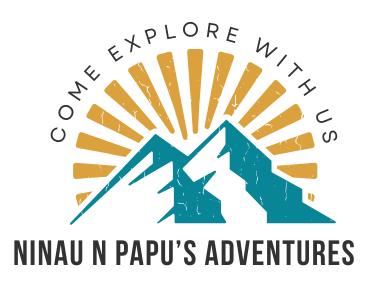Starting out in the world of scuba diving can feel like stepping into a whole new universe, quite literally. It’s not just about the beauty but understanding the path to becoming a certified diver. Knowing what certification involves and why it’s vital sets a solid foundation for your underwater adventures.
There are different levels of scuba diving certification, each opening new doors under the sea. Beginners often start with an Open Water Diver course. This level lets you dive up to a certain depth and is your ticket to explore most recreational dive sites. Advanced certifications, like the Advanced Open Water Diver or Rescue Diver, help build skills for more challenging dive conditions and scenarios.
You might’ve heard names like PADI, NAUI, or SSI floating around in diving circles. These are the big players in certification, each offering courses globally recognized. Having certification from one of these agencies lends credibility and assures dive operators worldwide that you’ve been trained to specific standards.
Taking a closer look at what a typical course entails can ease some nerves. You’ll spend some time in the classroom (or online), pool sessions where you learn the basics in a controlled environment, and finally, applying those skills in open water dives. Though it might sound daunting, each part is designed to ensure you have safe and enjoyable dives.
The financial aspect of diving isn’t to be overlooked. Courses come with varying price tags depending on where you are and the level you’re pursuing. It’s not just about money going out; it’s an investment in diving safely and confidently, knowing you’re equipped with the right skills.
Time is another factor to consider in your certification journey. Whether it takes a few days or weeks often depends on your schedule, the course structure, and personal pace. Knowing upfront how long it typically takes can help you plan around work or other commitments.
Gear is a big part of diving, but initially, most courses provide the basics – mask, fins, snorkel, and even wetsuits. Some dive shops might encourage you to invest in personal gear like a mask and fins. Quality gear enhances safety and enjoyment, so it’s worth considering early on.
Health and safety are front and center in diving. You’ll need to complete health questionnaires and possibly undergo check-ups. Being aware of this standard ensures you’re physically ready to tackle the underwater challenges.
Choosing your dive instructor and course is crucial. Look for experienced instructors who make you feel comfortable and confident. Try to get recommendations based on firsthand experiences.
For beginners, staying motivated can sometimes be tough. You might feel overwhelmed by new information or checklists. Surrounding yourself with supportive dive buddies and instructors can make all the difference.
Finally, remember that certification is just the beginning. The underwater world is vast, and there’s always more to learn. Continuing education not only broadens your knowledge but also deepens the pleasure and safety of diving.
